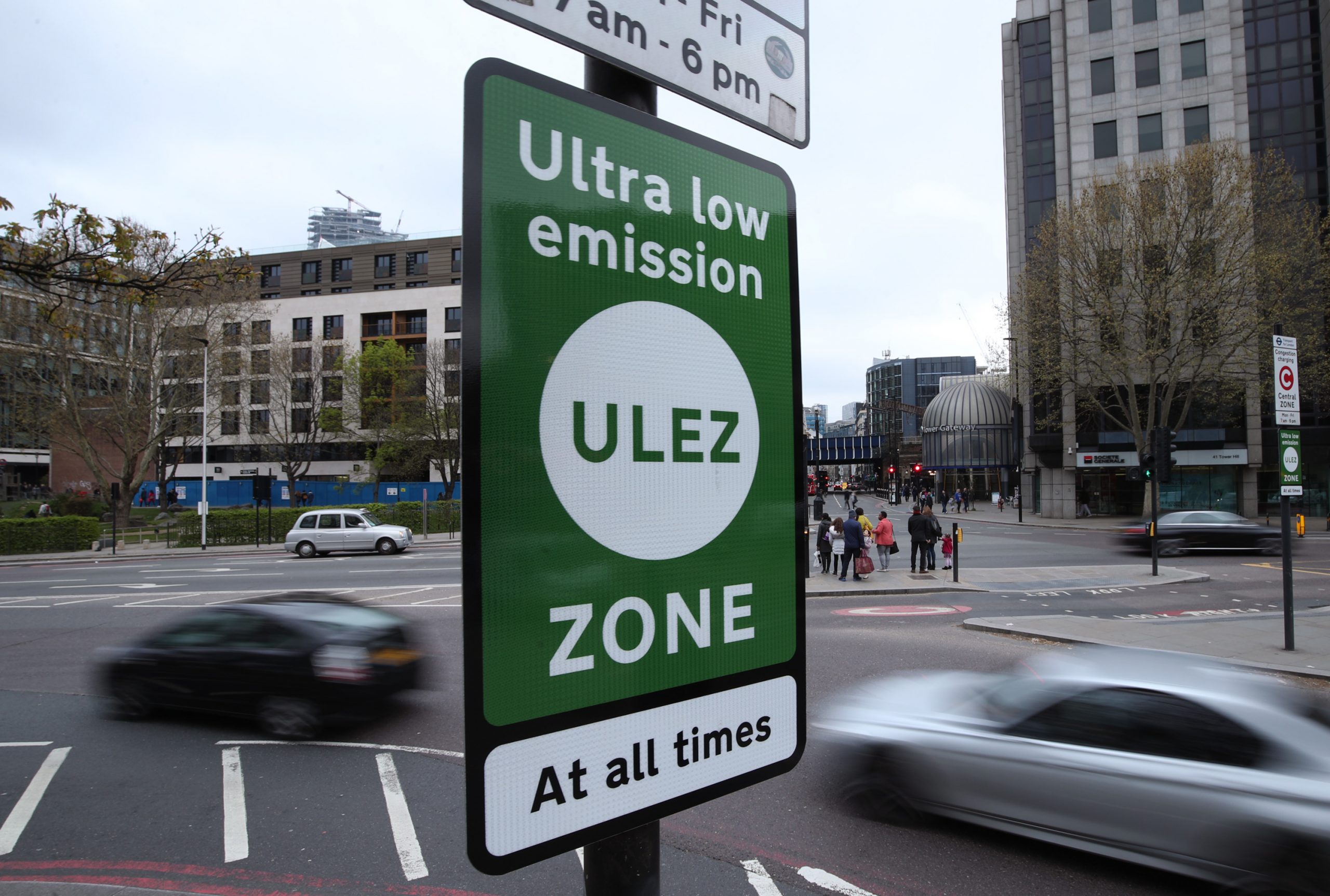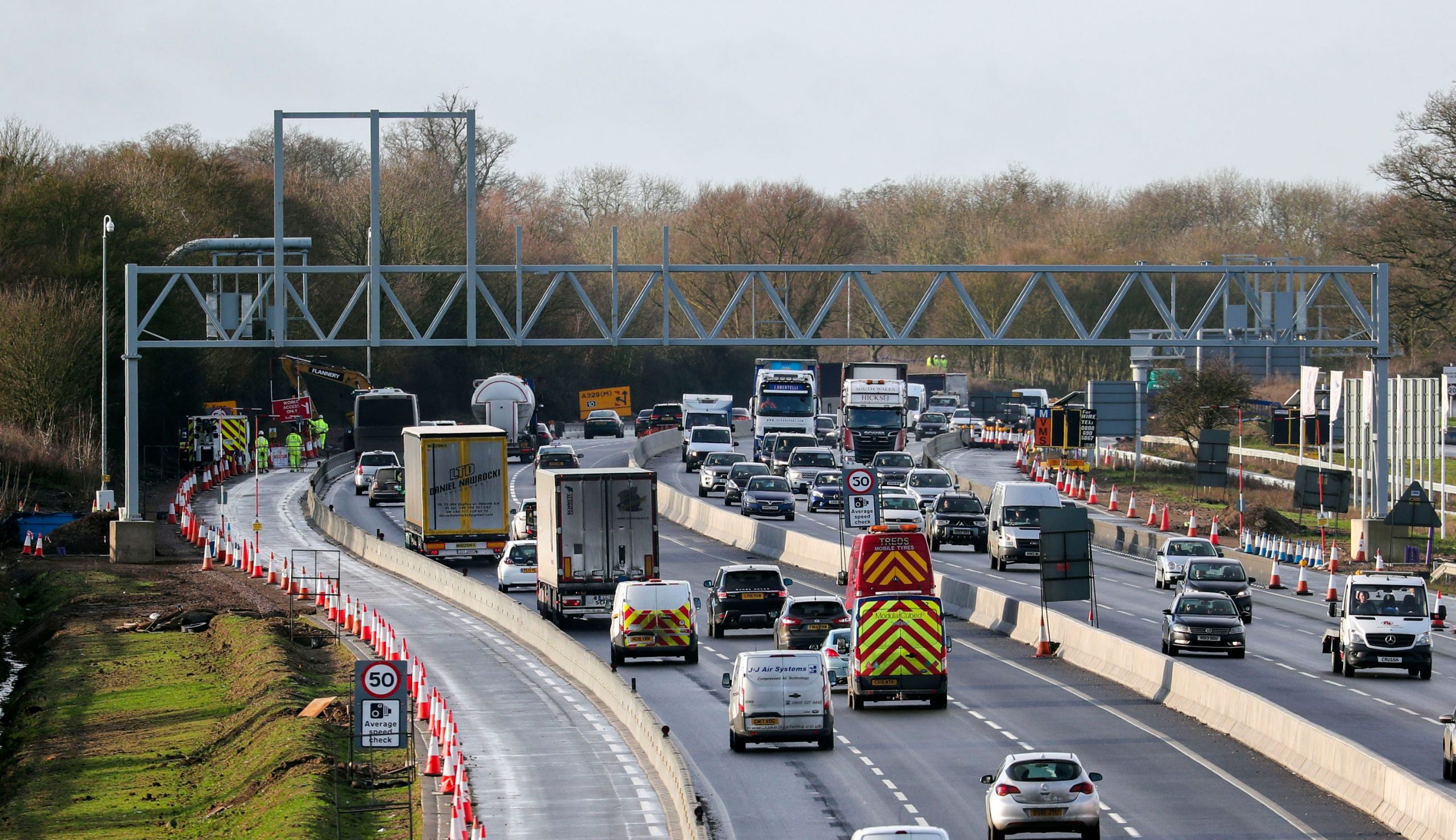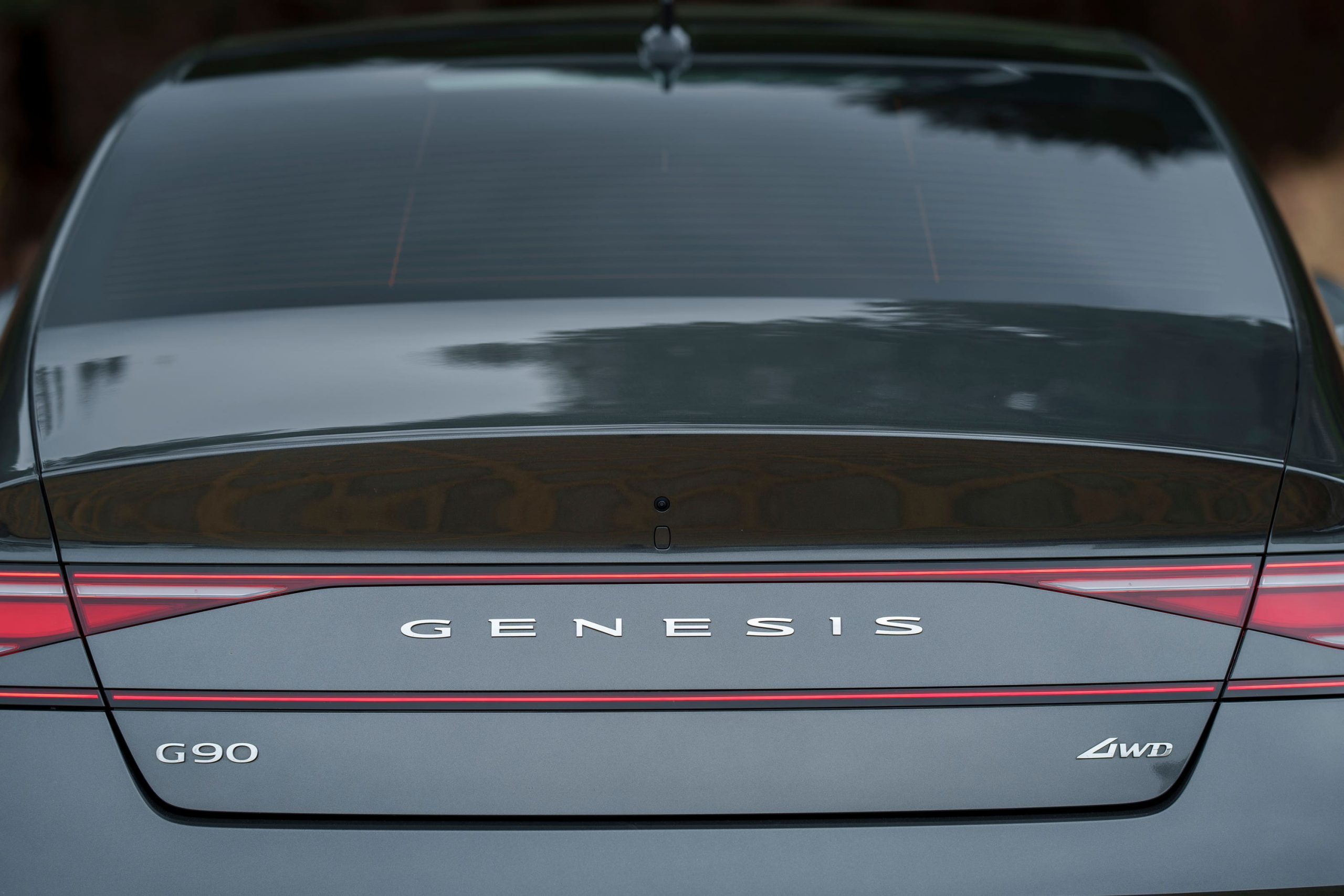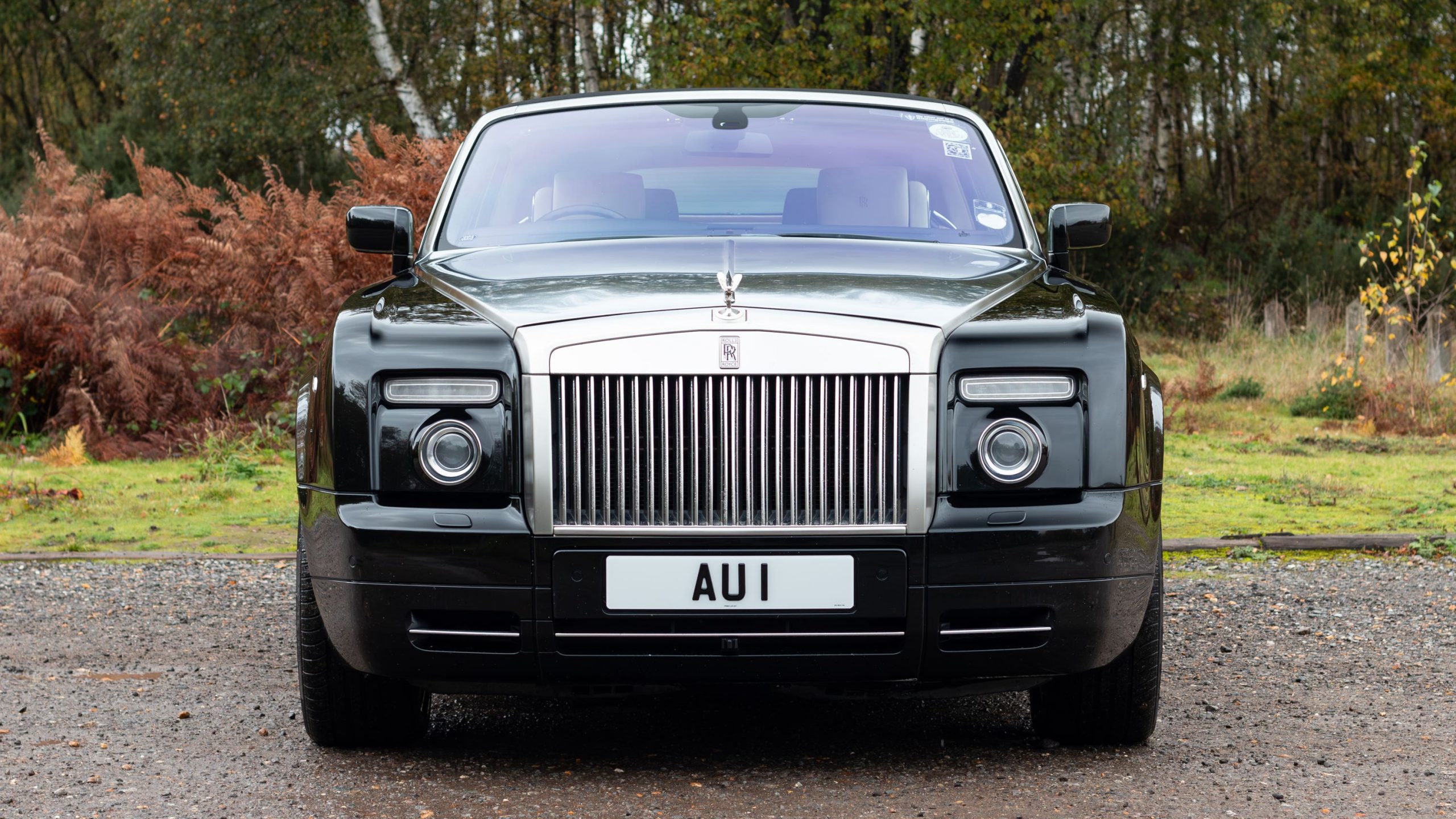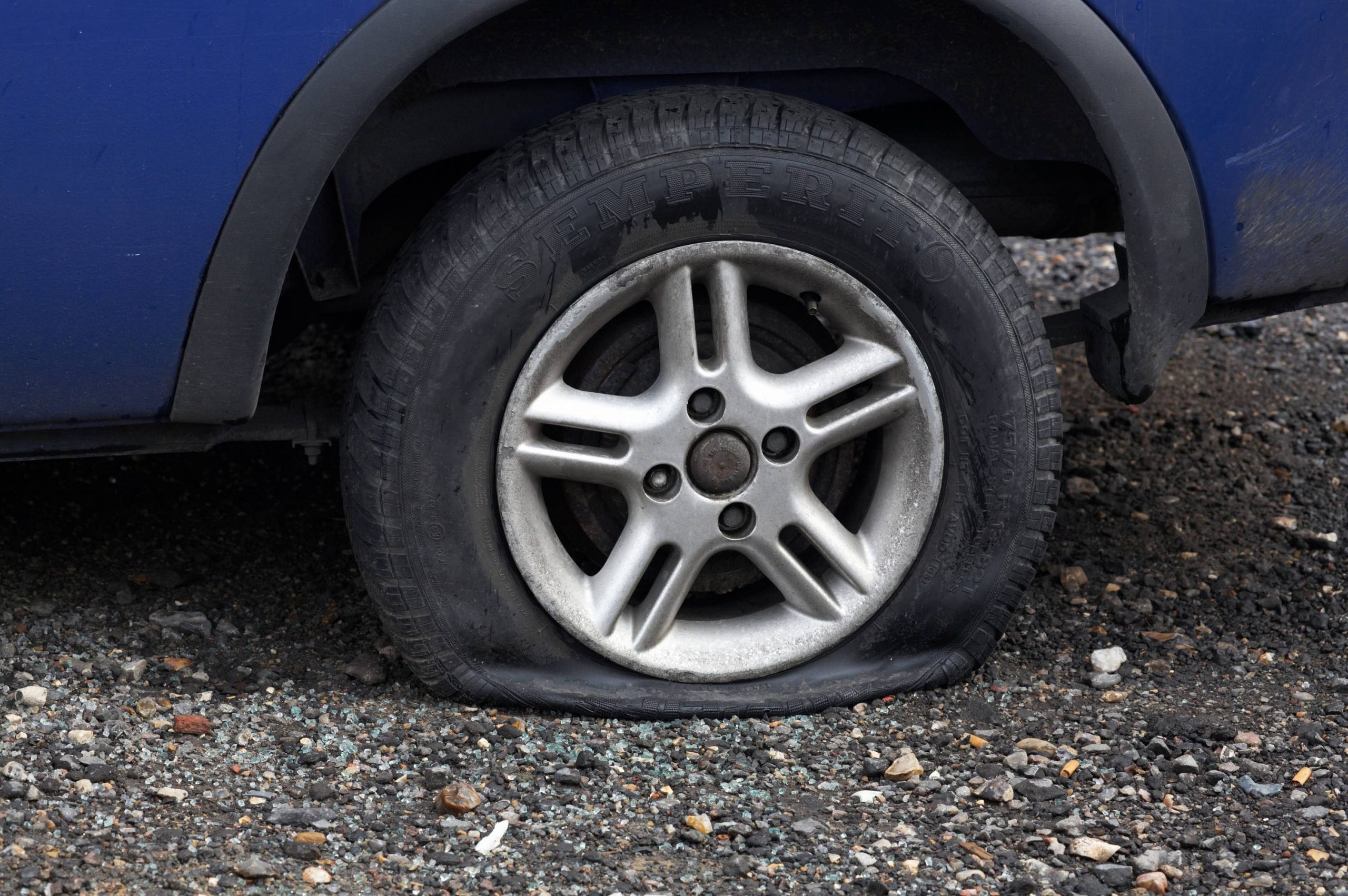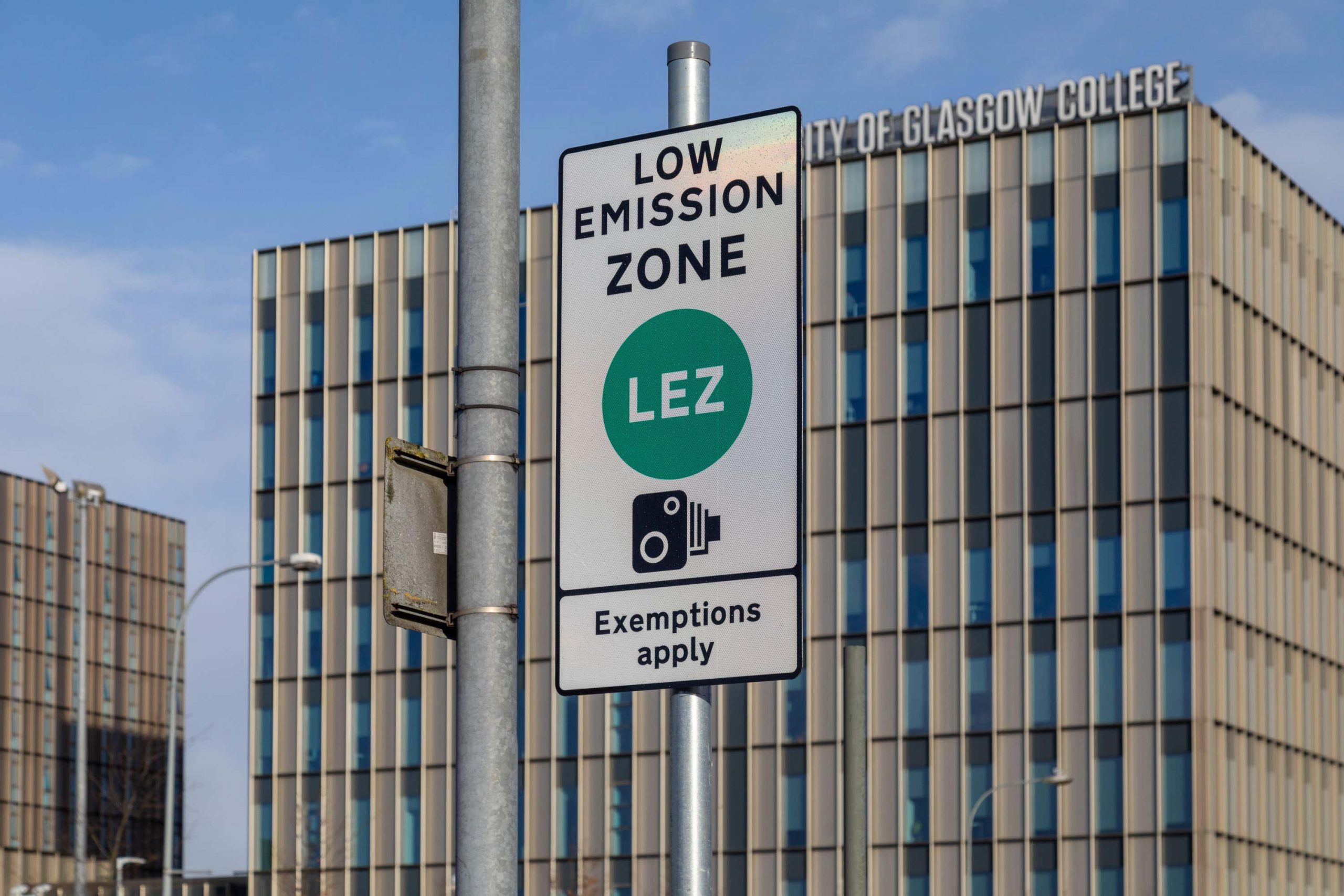The blowing up of an ultra low emission zone (Ulez) camera was “grotesquely irresponsible”, Mayor of London Sadiq Khan’s spokesman said.
Counter-terror police are leading an investigation after the camera was damaged in an explosion in Sidcup, south-east London, on Wednesday night.
The incident, which is not being treated as terrorism, is believed to have been a “deliberate act”, according to the Metropolitan Police.
A spokesman for Mr Khan said: “This grotesquely irresponsible behaviour puts both lives and property at risk.
“Police are rightly investigating this dangerous and reckless act.”
Mr Khan’s decision to expand the Ulez area to cover the whole of London from August 29 has sparked a surge in vandalism of the scheme’s cameras, which use automatic number plate recognition (ANPR) technology to identify vehicles.
People who drive in the Ulez area in a vehicle that does not meet minimum emissions standards are liable for a £12.50 daily fee.
The Metropolitan Police said a “low-sophistication improvised explosive device (IED)” damaged a camera in Willersley Avenue, Sidcup, at around 6.45pm on Wednesday.
No-one was injured but vehicles and a residential property also suffered damage.
The camera, which was installed earlier that day, was cut down around one-and-a-half hours before the explosion.
Detectives are “keeping an open mind as to whether or not there is a connection between the camera being cut down and the planting of the explosive device”, the Metropolitan Police said.
Detective Chief Superintendent Trevor Lawry said: “It is extremely concerning that an explosive device seems to have been deliberately placed in a public place.
“This could have very easily resulted in members of the public being very seriously injured.
“Because of the seriousness of this incident, we are making urgent inquiries to try and identify anyone involved, and officers with specialist expertise and capability from our Counter Terrorism Command are leading the investigation.
“This was an extremely dangerous incident that could have resulted in innocent members of the public being injured or worse.
“If you have any information that could assist our investigation, then I would urge you to get in touch immediately.”
The remains of an IED are being forensically examined and officers are examining CCTV footage from the area.
No arrests have been made.
Police are advising anyone who sees “suspicious activity or a suspicious device on or nearby to a Ulez” camera not to approach it and to call 999 immediately.
Figures released by the Met in November showed nearly 1,000 crimes linked to Ulez cameras being stolen or vandalised have been recorded in the past seven months.

